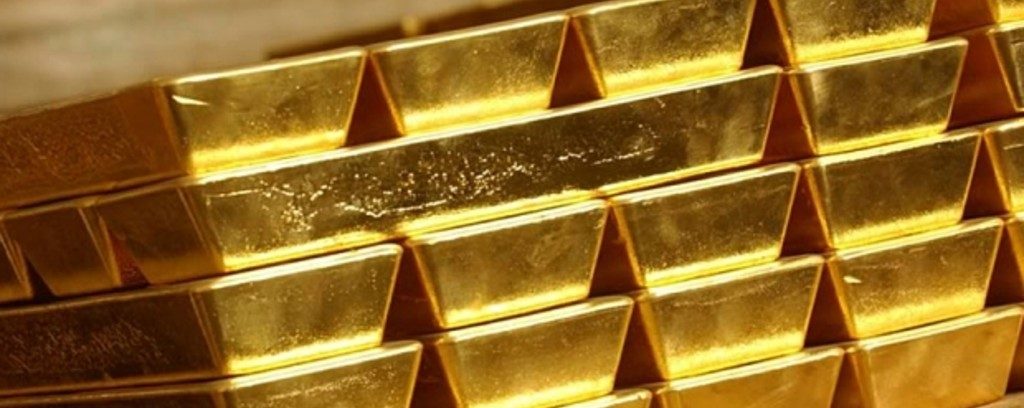Gold futures surged to a three-month high at the beginning of February; the precious metal is up by more than 6% over the last month ( its biggest monthly advance in a year) and the spot price remained high at $1,125 in London trading (2/2/16), a level that some analysts have cited as a key market close ceiling that, if breached, could signal an even stronger rally.
The reasons are multiple, but amongst them is invariably the US Fed’s somewhat more subdued announcement last week indicating that it would assess economic data before deciding whether to proceed with a planned second interst rate hike in March. A raft of figures this week showed only bad news, including a fourth month of decline for manufacturing activity in the US and flat consumer spending. In December the US Fed raised interest rates for the first time in nearly a decade, and at the time indicated that four quarter-percentage-point rate increases were planned for 2016. However as China continues to slow – another batch of weak manufacturing data was published last week, and on the tail of two Japanese banks announcing effective negative interest rates – the US Fed’s most recent announcement is far less “hawkish”.
Gold is a traditional hedge against the dollar and other risk assets such as equities. It is seen as a store of value and is held in bigger quantities when interest rates are unproductive. The precious metal is also traded in dollars and becomes less expensive to foreign buyers when the U.S. currency weakens against other currencies. Consequently gold remains stable at improved prices, with many predicting turmoil in global markets could indeed improve much more: legendary investor Jeffrey Gundlach, has said he believes gold could reach $1,400, other predictions include a recovery to $1,200 or $1,300.

